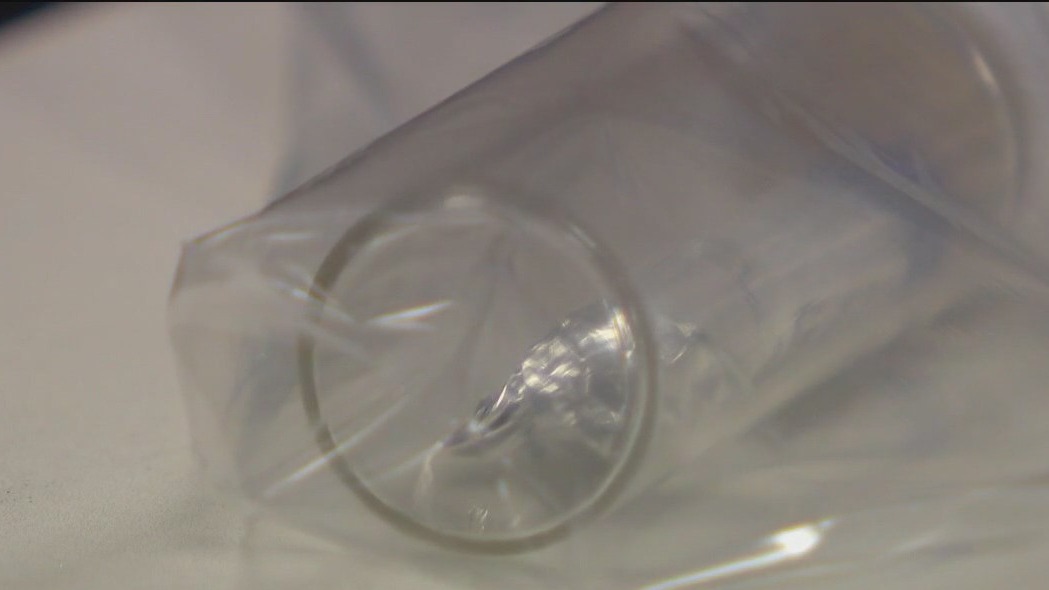
CHICAGO – A new arrival has landed at Chicago’s Field Museum — and it came from 40 million miles away.
What we know:
The Field is one of the few research institutions in the country to receive a piece of an asteroid recently returned to Earth by NASA.
“Oh, this is super exciting,” said Field Museum Curator of Meteoritics Philipp Heck, as he peered at a vial containing a tiny black pebble.
Museum scientists said receiving the sample is like winning the space lottery. Just days ago, they took delivery of the tiny chunk of asteroid Bennu.
“It’s a time capsule from the early solar system,” said Heck. “That means it hasn’t changed since it formed 4.6 billion years ago.”
In 2020, a NASA spacecraft intercepted the ancient asteroid — about a third of a mile in diameter — and punched out tiny shards of rock. That material was later returned to Earth in a sealed capsule, which preserved its scientific value.
Unlike meteorites that burn through Earth’s atmosphere and are contaminated with microbes, this asteroid sample is pristine.
“The asteroid sample contains organic chemicals. And also it’s rich in carbon and nitrogen,” said Field Museum Resident Graduate Student Yuke Zheng. “So these elements and compounds, they are very essential to the beginning of life.”
Over the next few weeks, researchers will use advanced equipment to identify those building blocks, which may have been ingredients in the origin of life on Earth.
“Bennu is essentially a piece of the pantry that contains the ingredients that went into the soup from which later the planet and life formed,” explained Heck.
There’s another reason scientists are keeping a close watch on Bennu. It’s classified as a potentially hazardous object, with a 1-in-1,750 chance of striking Earth on Sept. 24, 2182.
The good news, according to Heck, is that the rock isn’t very strong.
“This is very fragile. It’s mechanically weak rock. So I think even if that rock would collide with Earth, it wouldn’t be a global killer.”
What’s next:
The Field Museum will return its piece of the asteroid to NASA in August.
Because of its tiny size and rarity, the sliver will not be displayed to the public.
